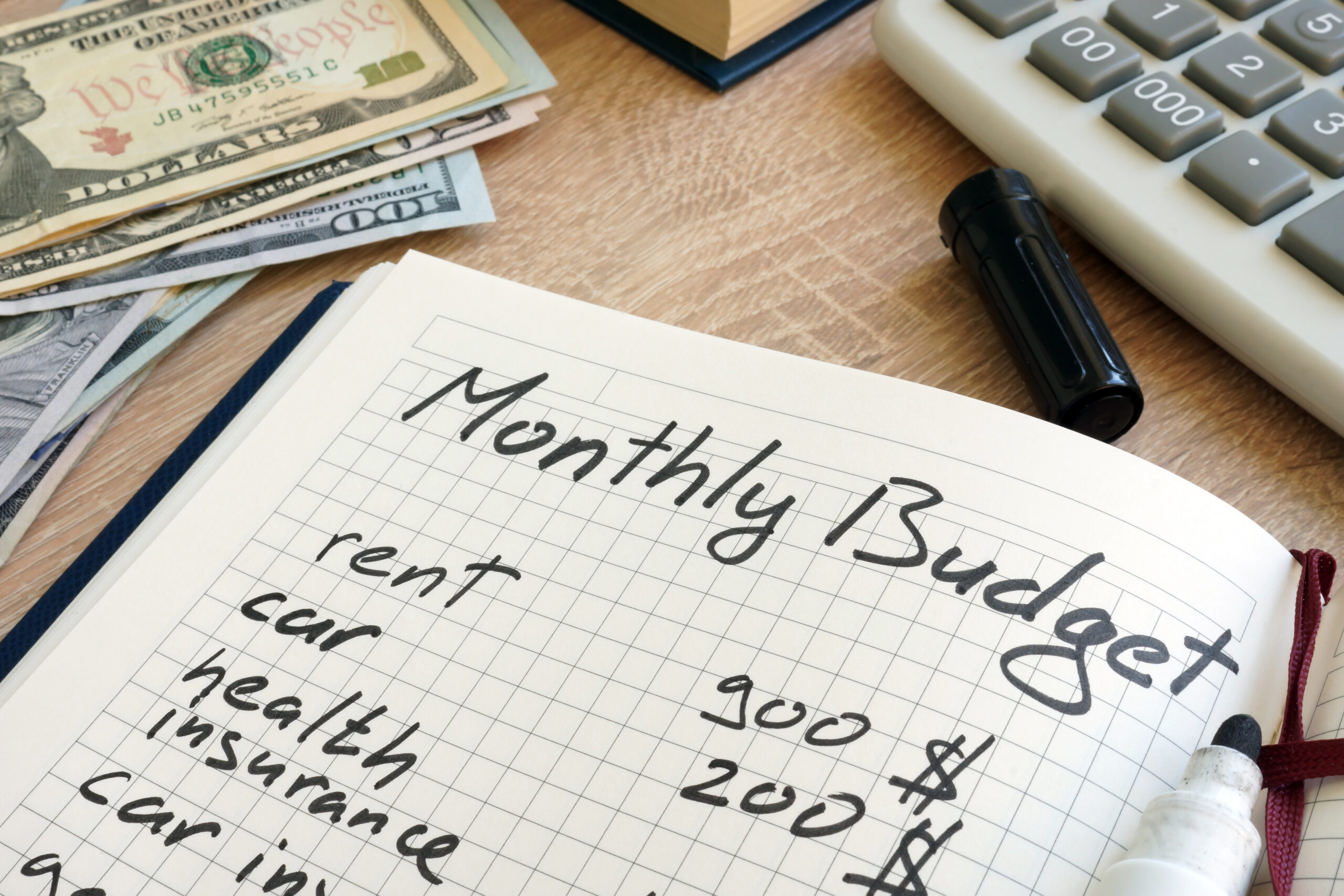How to Budget for Large Purchases

Budgeting for large purchases is a crucial financial skill that ensures you can afford significant expenses without causing financial strain. Here’s a guide to help you plan and save for large purchases:
1. Set a Clear Goal
- Identify the Purchase: Define what you are saving for (e.g., a car, a home, a vacation).
- Determine the Cost: Research and determine the total cost of the item or experience, including any associated expenses (e.g., taxes, maintenance).
2. Evaluate Your Financial Situation
- Income: Calculate your total monthly income from all sources.
- Expenses: List all your monthly expenses, including fixed costs (rent, utilities) and variable costs (groceries, entertainment).
- Current Savings: Assess how much you currently have in savings and how much can be allocated toward the purchase.
3. Create a Savings Plan
- Set a Timeline: Decide when you want to make the purchase. This will help determine how much you need to save each month.
4. Adjust Your Budget
- Reduce Expenses: Look for areas where you can cut back on spending to free up more money for savings.
5. Use Financial Tools
- Savings Account: Open a dedicated savings account to keep the funds separate and reduce the temptation to spend.
- Automatic Transfers: Set up automatic transfers from your checking account to your savings account to ensure consistency.
6. Monitor and Adjust
- Track Progress: Regularly check your savings progress to ensure you are on track.
- Adjust as Needed: If you face unexpected expenses or changes in income, adjust your plan accordingly.
7. Consider Financing Options
- Loans: Research loan options if the purchase is too large to save for within a reasonable timeframe.
